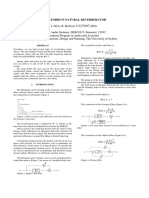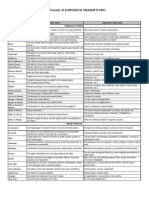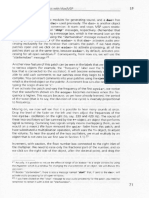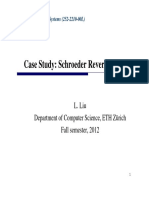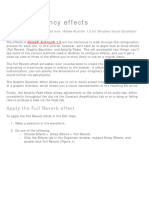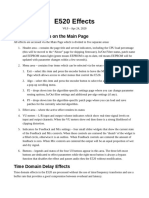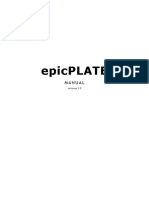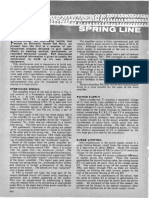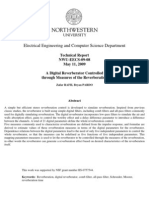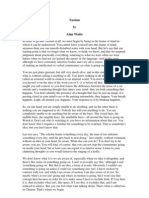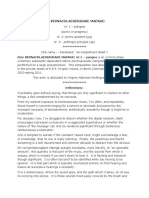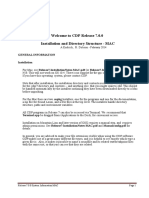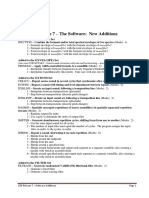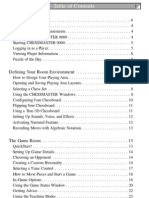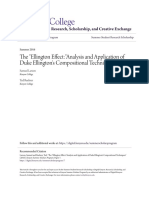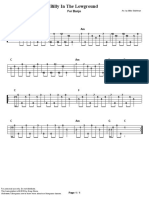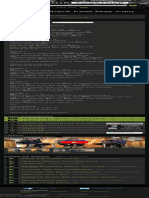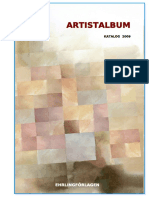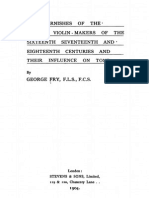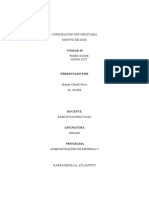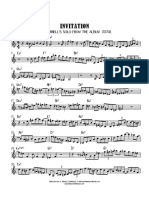0% found this document useful (0 votes)
74 views9 pagesSchroeder Reverb Stereo Simulation
This document is a lab report describing the implementation of a Schroeder-based reverberator with simulated stereo ambience using Max-Msp. It summarizes the original Schroeder reverb design using comb filters and allpass filters. The report describes the design of the digital implementation, including the signal flow through comb filters, allpass filters, and a modulated delay effect to create stereo ambience. It also outlines the user interface and controls for the reverb effect patch.
Uploaded by
jfkCopyright
© © All Rights Reserved
We take content rights seriously. If you suspect this is your content, claim it here.
Available Formats
Download as PDF, TXT or read online on Scribd
0% found this document useful (0 votes)
74 views9 pagesSchroeder Reverb Stereo Simulation
This document is a lab report describing the implementation of a Schroeder-based reverberator with simulated stereo ambience using Max-Msp. It summarizes the original Schroeder reverb design using comb filters and allpass filters. The report describes the design of the digital implementation, including the signal flow through comb filters, allpass filters, and a modulated delay effect to create stereo ambience. It also outlines the user interface and controls for the reverb effect patch.
Uploaded by
jfkCopyright
© © All Rights Reserved
We take content rights seriously. If you suspect this is your content, claim it here.
Available Formats
Download as PDF, TXT or read online on Scribd
/ 9
